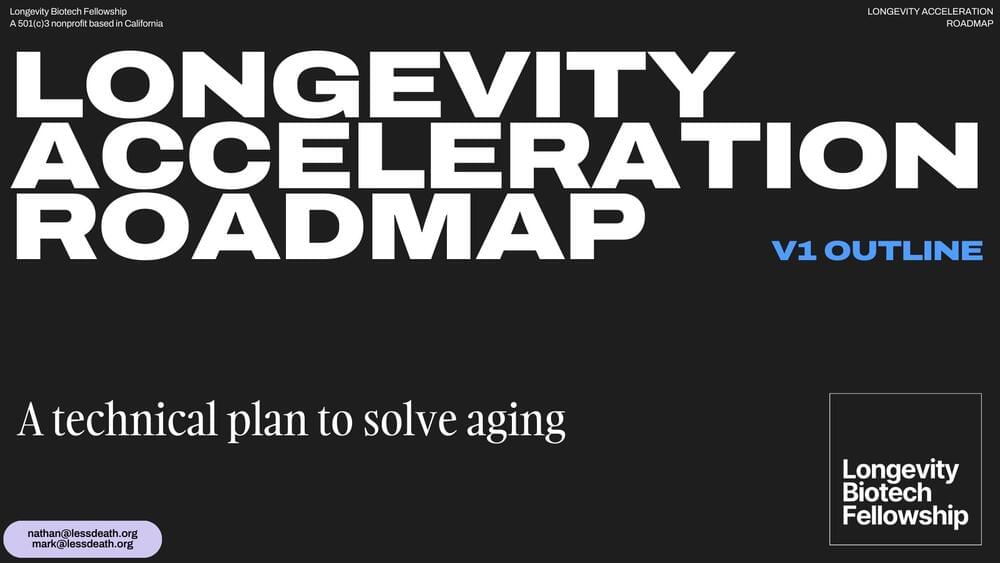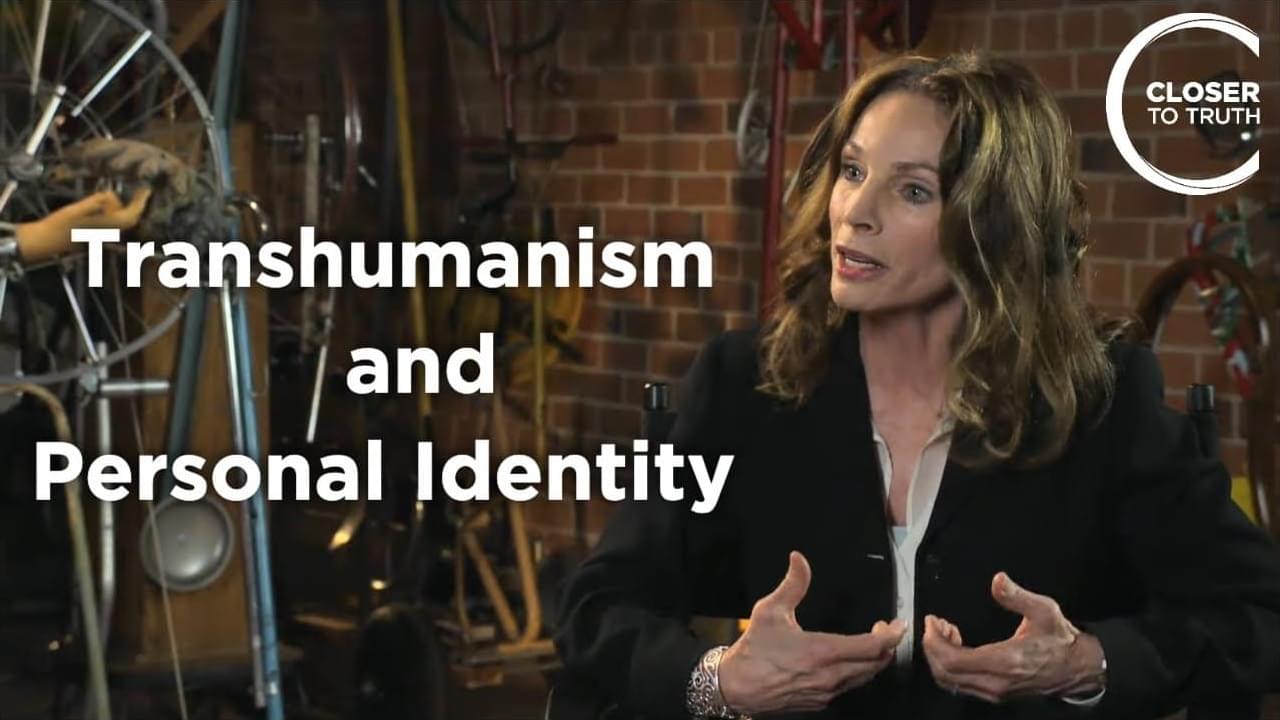Aug 22, 2024
Queensland Scientists Identify New DNA Regulation Mechanism
Posted by Shailesh Prasad in categories: biotech/medical, life extension, neuroscience
University of Queensland researchers have discovered a mechanism in DNA that regulates how disease-causing mutations are inherited.
Dr Anne Hahn and Associate Professor Steven Zuryn from UQ’s Queensland Brain Institute said the findings could provide a promising therapeutic avenue to stop the onset of heritable and age-related diseases.
“Mitochondrial DNA is essential for cell function,” Dr Hahn said.


















